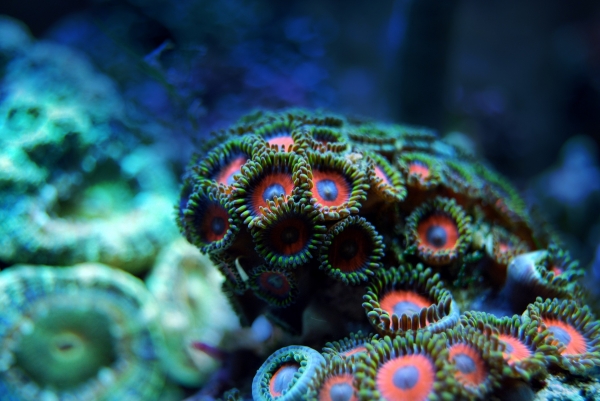The nearshore rocky reefs of the Santa Barbara Channel are dynamic places, with populations of fish, mollusks, algae and other assorted sea life shifting in response to currents, storms and a variety of other conditions. They wax and wane, typically returning to some sort of baseline composition — a kind of standard demographic — after disturbances temporarily disrupt the neighborhood, and then subside.
But there is one event in recent history that continues to be felt: an extreme marine heatwave that rolled through the Pacific Ocean several years ago. Nicknamed “the Blob,” it consisted of abnormally warm temperatures that blanketed the waters in the Channel from 2014–2016. The Blob wreaked havoc on reef inhabitants, especially sessile invertebrates — filter feeders attached to the nearshore rocky reefs, such as anemones, tubeworms and clams.
“As sessile animals, most species are permanently attached to the substrate as adults,” said UC Santa Barbara graduate student researcher Kristen Michaud(link is external), the lead author of a paper(link is external) that appears in the Nature journal Communications Biology. “They cannot forage for alternate food sources and are highly dependent on the delivery of plankton.”
Read More: University of California - Santa Barbara
Photo Credit: otakphoto via Pixabay


